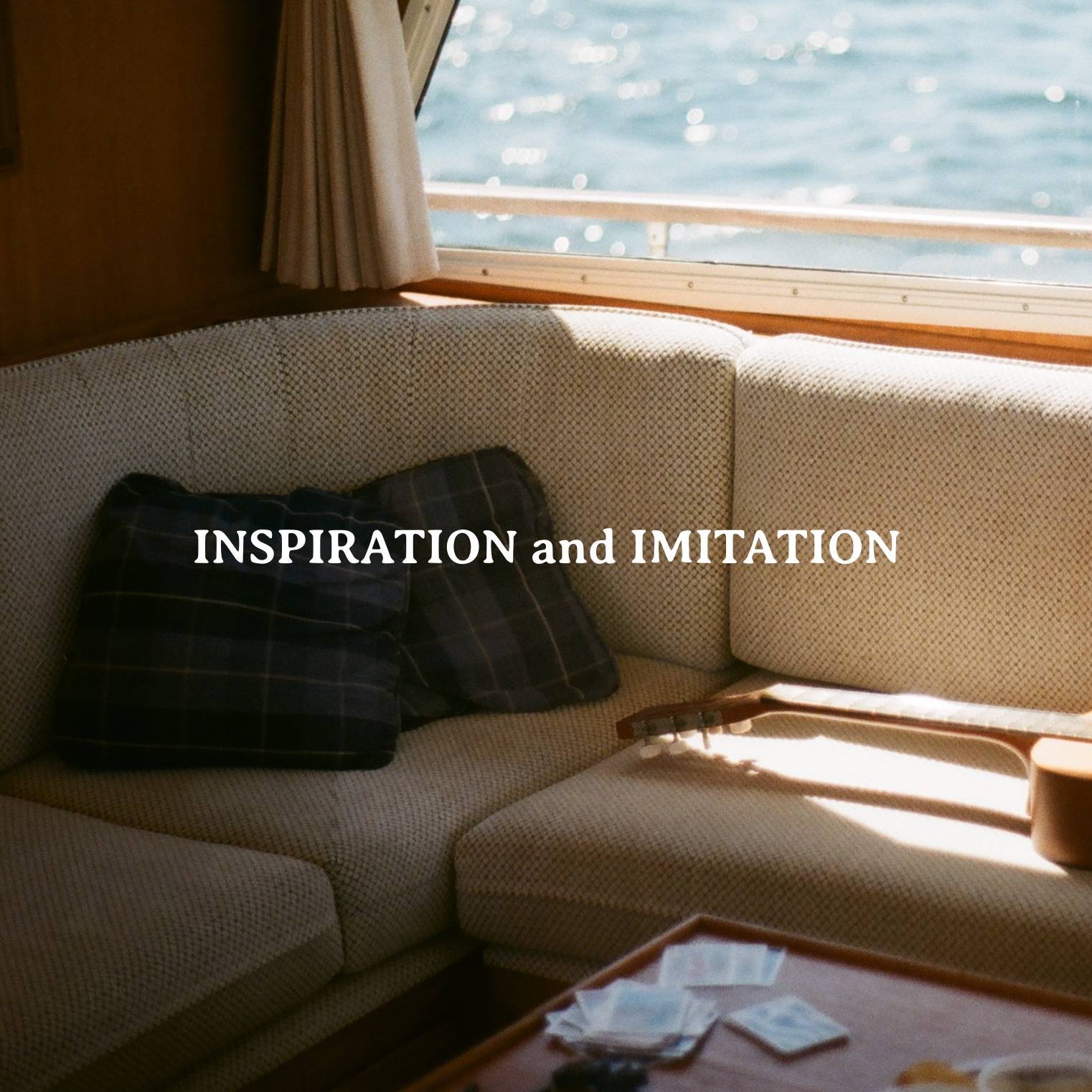Inspiration is a beat-up word – people can’t decide whether it’s the origin of artistic creativity, or a mythic state invented to give people an excuse not to work at art.
I like it, though, as a word for the breath you take in when something makes you gasp.
I take that gasp as a cue I’ve found something I can learn from.
I started listening to the Mountain Goats when I was eighteen. The music made me want to sing – not just their songs but my own, which did not yet exist. The gasp demanded an exhale.
The Mountain Goats have an album where all the song are titled after bible verses (The Life Of The World To Come). So that’s how it’s done, I thought. I picked a verse (Ecclesiastes 12:5) and wrote a song. I had no particular connection to the verse. I didn’t do the further reading I should have done if I’d wanted to say anything about the text itself. But my goal wasn’t to comment on Ecclesiastes, it was to make a song.
Listening had given me a sense of rhythm – both the rhythm within words, and the larger “beats” of individual details thumping together into a story. The song I wrote thumps similarly to The Life Of The World To Come. The combination of casual speech and archaisms, the lyric’s movement from seemingly irrelevant circumstantial detail to a character’s assessment of the emotions of the moment, and the unselfconscious bluntness of the narrative voice, I learned by John Darnielle’s example.
I noticed two unexpected things.
First, what had been a mere exercise had resulted in a real song. Second, I had not known what the song was going to be beforehand; I discovered what it was by writing it.
In other words, the grace of the process is that something new will come into being as soon as space is made for it.
In practical terms, imitation can involve lifting musical elements directly from an existing song. It only takes a small change to give the piece its own identity – same chords, different rhythm; similar groove, but the vocal part sits differently in it. Rhyme schemes, rhythms, and patterns of repetition, are structural elements belonging to the musical public domain. Lyrical elements like character archetypes, moods, and atmospheres are created by the listener as well as the writer, and consequently already belong to you.
What you copy will be what you notice, which is what excites you. If that’s not enough (it won’t be enough) you will invent whatever else you need to complete the song. An imitation is not so much a portrait of the original thing as it is a portrait of your love.








